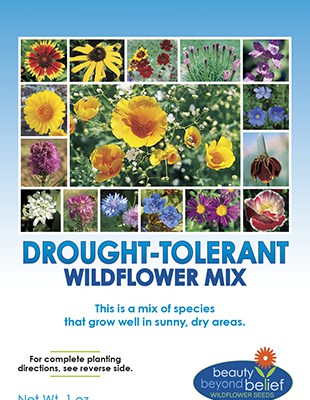Spectacular Flower Arrangement
How to make your own Spectacular Flower Arrangement
by Sandy Swegel
Valentine’s Day is upon us and flowers are the highlight. A flower arrangement from a florist is magnificent but costly. You can pick up affordable flowers at the grocery and turn them into a work of art.
Here are some secrets florists use.
Start with foliage
Place your vase or container on the counter. The first step is to arrange foliage in the vase to create a foundation for your arrangement. By first filling the vase with greenery, you then have a structure to put the flowers in. Greens can be typical ferny foliage or leaves from houseplants or even small branches from trees.
Cut your stems
You want to give everything a fresh cut for two reasons. One, you want different heights of flowers and greens and you want a new cut to help the flowers and greens take up water. Florists use a very sharp knife and cut on an angle to maximize the cut stem area. Strip the leaves from the very bottom of the stems that will be submerged in water. Those will rot and cause your flowers to spoil sooner.

Insert your big faced flowers
Now you put the dramatic flowers in. Give them enough space so they can be seen from different directions. (all the way around if the flowers are a centerpiece or facing mostly front and to the sides, if the arrangement will be against a wall) It helps a lot to just keep rotating the vase between flowers. You can criss-cross the stems to hold the flowers in place. Vary the height of the flowers by cutting stems taller or shorter.
Put in smaller flowers or filler flowers
Now you can mix in your other smaller flowers or wispy fillers like baby’s breath. Keep their height slightly lower than the bigger flowers…like the big flowers are rise above clouds. Let some of the smaller flowers and foliage spill low over the lip of the vase for a softer fuller effect.
Put a ribbon on it
If you’ve used a plain glass vase, wrap a pretty translucent ribbon around it and make a bow. This both hides the water and stems and gives a lovely finishing touch.
Now that you have a beautiful arrangement, keep maintaining it.
You can use floral conditioner or just give your flowers a fresh cut and fresh water after a few days or when the water looks cloudy. Toss out the wilty, slimy things and slightly rearrange if necessary. A good arrangement that isn’t allowed to rot will last well over a week. Even then, you can salvage the last sturdy flowers for a tiny bathroom vase.
Flower arranging is really easy and creative. It’s a skill Montessori schools teach to preschoolers!
Happy Valentine’s Day!
Photo Credit
http://www.realsimple.com/home-organizing/gardening/gardening-flowers/flower-arrangements
http://www.thehappierhomemaker.com/2015/01/how-to-arrange-grocery-store-flowers/
http://www.naturalbeachliving.com/wp-content/uploads/2014/01/toddler-flower-arraingement.jpg
Heirloom Vegetables
Wildflower Mixes
Grass and Wildflower Mixes

